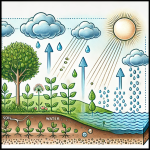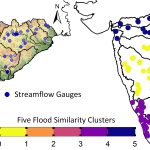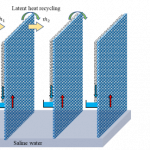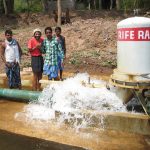
Water availability in a region can be denoted by the total water annually recharging the natural water bodies above and below the ground level such as lakes, rivers, groundwater, and so on.
Researchers at IISc and the University of New South Wales used satellite-derived estimates of total annual recharge to investigate the effect of rise in temperature for areas drained by 31 major rivers around the world. These include the Amazon, Ganges, Brahmaputra, Indus, Nile, Tigris-Euphrates, Mekong and Mississippi, alongside which most of the global population resides.
The researchers find that the areas drained by 23 out of these 31 rivers show reduced recharge with increase in temperature. Vegetation growth was also found to reduce due to the decline in the annual water recharge. Given that this is a result of just 0.9°C rise in global temperature, the impact of the expected 3.5°C rise by the end of this century is a major concern.
The findings of this work, based on Gravity Recovery and Climate Experiment (GRACE) satellite observations, are the first of their kind and in line with future projections from mathematical models.






